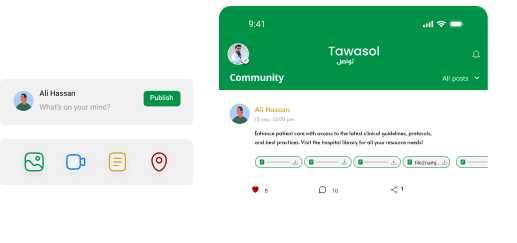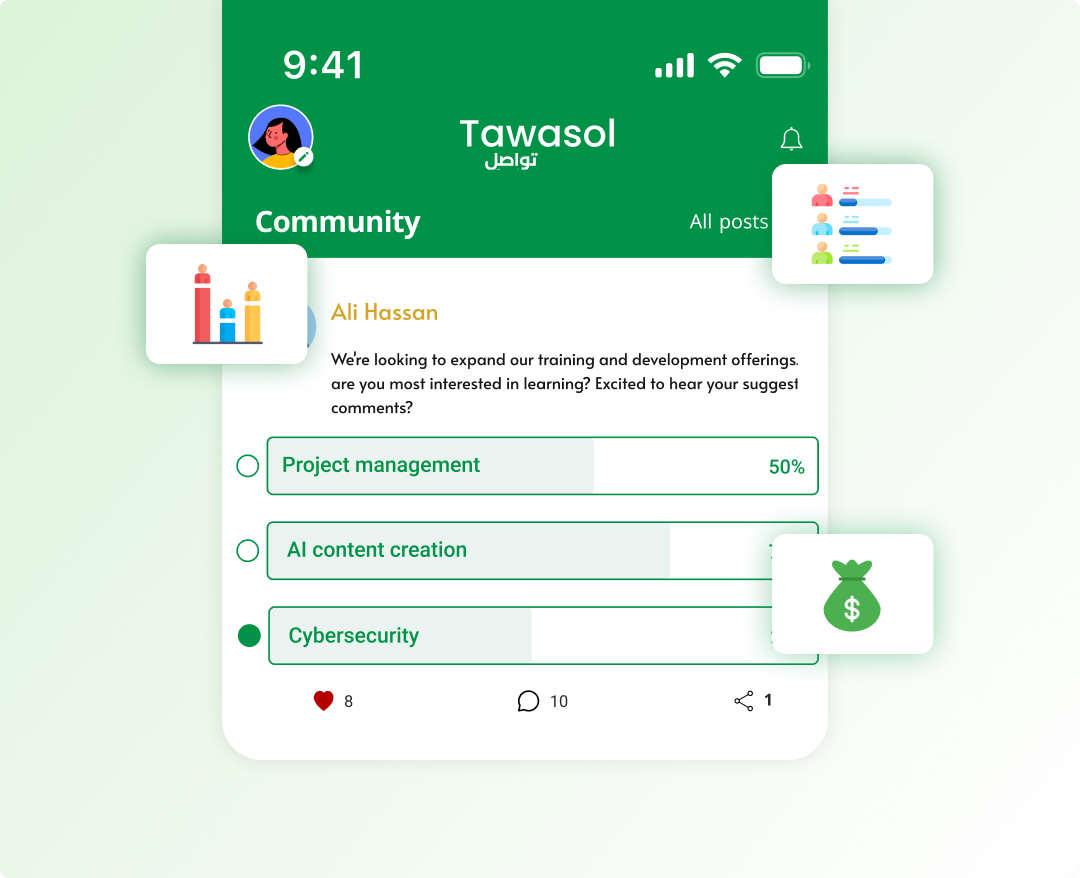Key Strategies for Effective Internal Communication
Internal communication is crucial for any organization's success, regardless of its size or industry. It plays a vital role in achieving goals and boosting productivity. This post explores key strategies for effective internal communication in today's modern workplace.
Transparency is a cornerstone of effective internal communication. Leaders should share information clearly and regularly with all levels of the organization. This includes announcing important decisions, explaining policy changes, and clarifying strategic objectives. When employees feel well-informed, their loyalty and performance improve. For example, companies can create a weekly internal newsletter highlighting achievements, challenges, and upcoming goals.
Effective internal communication isn't just top-down; it needs to be an ongoing dialogue. This can be achieved by establishing feedback channels, like online suggestion boxes or regular open meetings with senior management. This approach encourages employee input, fostering innovation and a better work environment. For instance, a monthly "Ideas Day" could be organized where employees present suggestions for process improvements or product development.
In today's digital age, technology is essential for internal communication. Companies can utilize internal communication apps, project management platforms, and internal social networks to streamline information flow and enhance collaboration. For example, apps like Microsoft Teams or Slack can create dedicated channels for different departments and projects, facilitating instant and efficient information and file sharing.
Implementing these key strategies will significantly improve organizational performance and enhance the ability to achieve goals. Through transparency, two-way communication, and leveraging modern technology, companies can create a more productive and innovative work environment. Effective internal communication is the backbone of any successful organization in today's rapidly changing business world.



